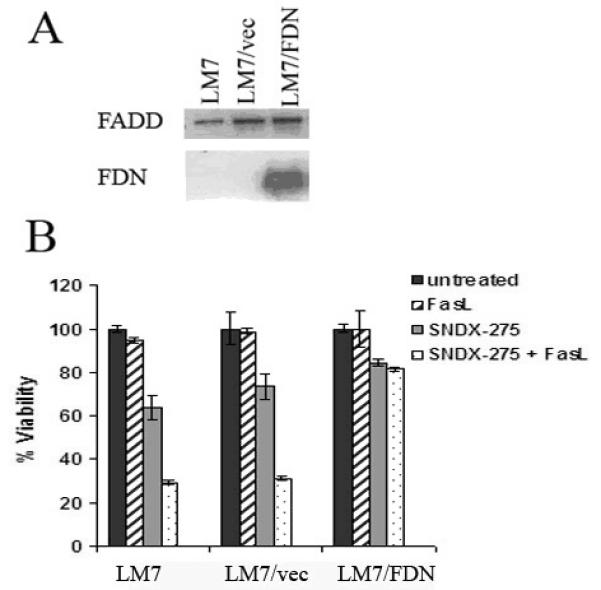Fig. 9. Transfection of LM7 cells with the FDN plasmid induces expression of the inactive (truncated) form of FADD and reverses SNDX-275 induced sensitization of LM7 cells to FasL.

(A) LM7 cells were transfected with FDN plasmid (LM7/FDN cells) or an empty control vector (LM7/vec). Cell lysates were processed using Western blot analysis for the expression of full-length FADD protein and its truncated form, FDN, using an anti-human FADD antibody. (B) LM7, LM7/vec and LM7/FDN cells were pretreated with 2 μM SNDX-275 for 48 h and then treated with 10 ng/ml soluble FasL for another 24 h. Untreated cells and cells treated with either agent were used as controls. The cell viability was detected by MTT assay.
